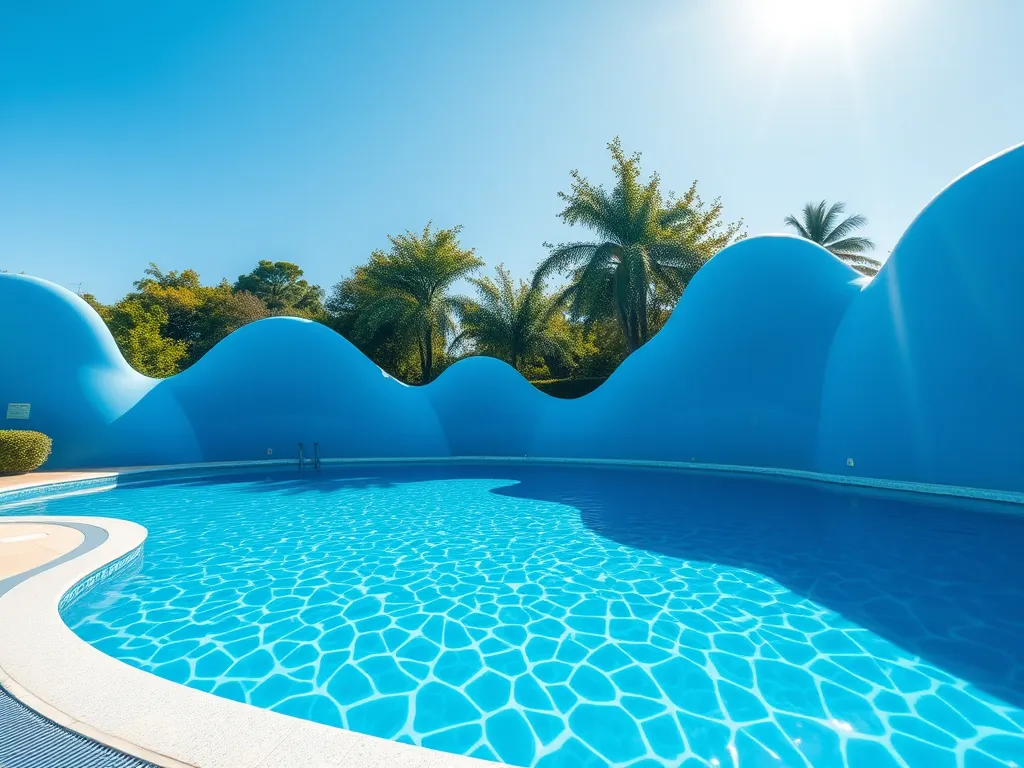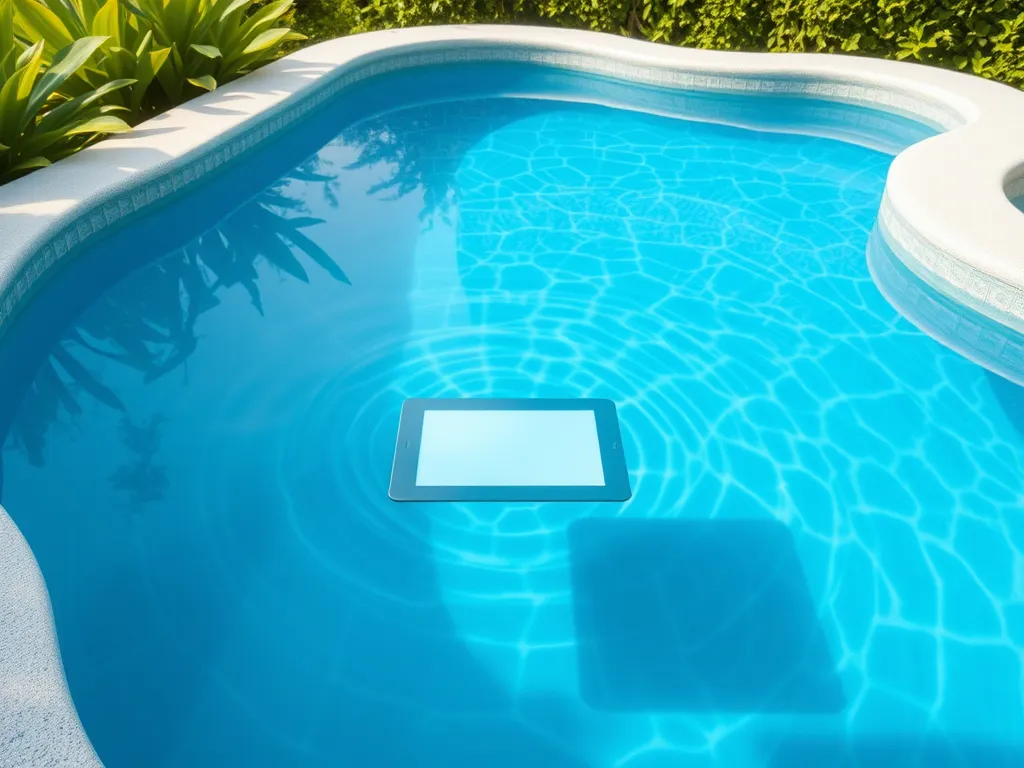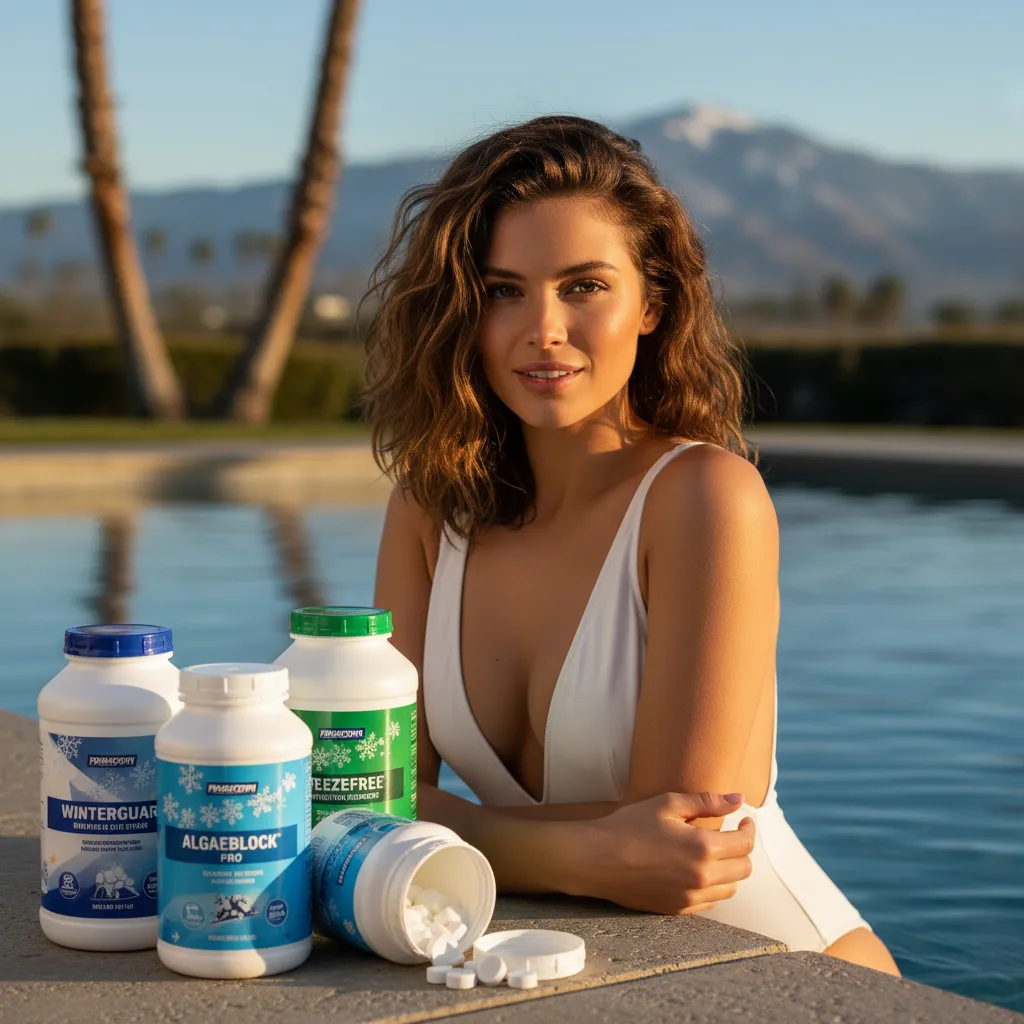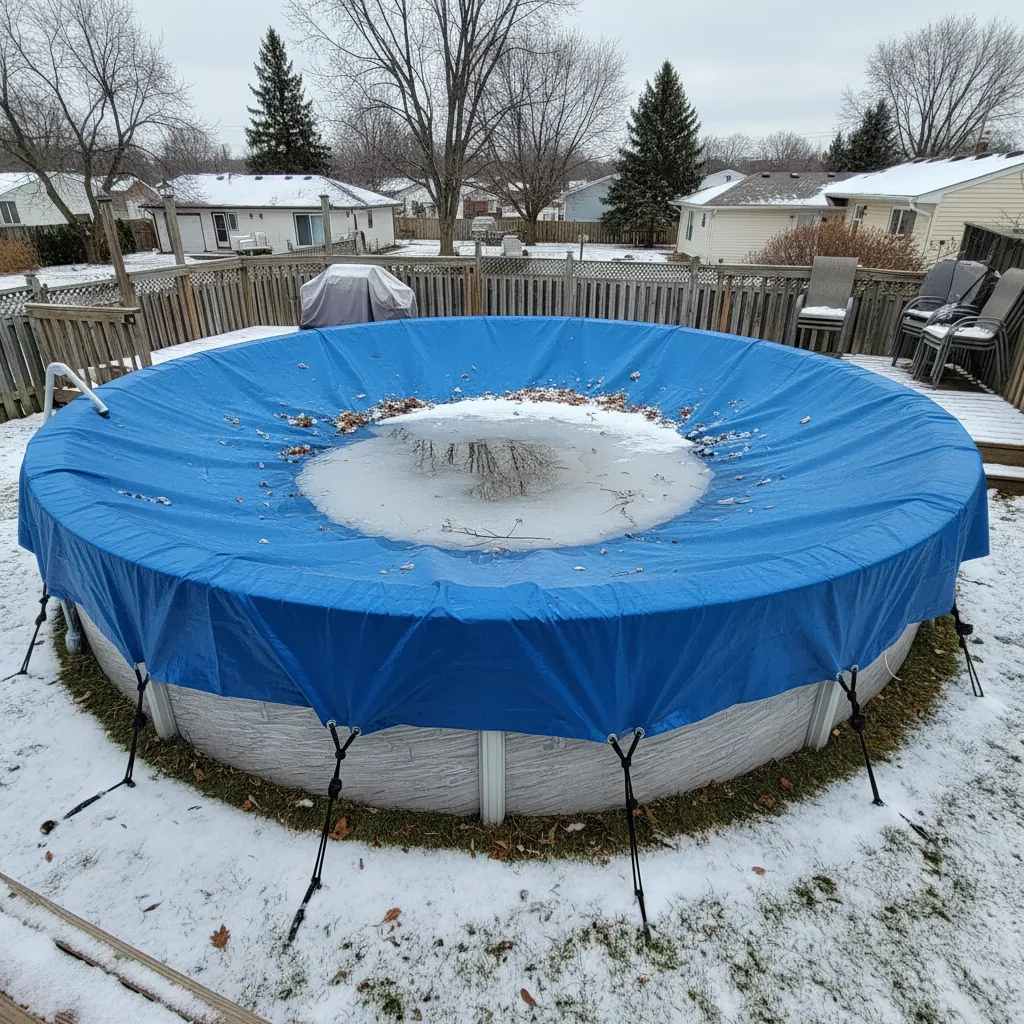Pool Stabilizer Dosage Calculator: Maintain Perfect Water Balance
Published on: April 25, 2025 | Last Updated: April 13, 2025
Written By: Rachael Weatherbottom
Pool stabilizer (cyanuric acid) protects chlorine from sunlight. Too little and chlorine burns off quickly. Too much and chlorine becomes ineffective. Our calculator helps you find the right dosage. Just enter your pool details below. Always test water before adding chemicals.
Stabilizer Calculator
- Test current stabilizer levels
- Enter pool volume in gallons
- Input current and target levels
- Click calculate
Factors Affecting Stabilizer Dosage in Pool Water
Cyanuric acid (CYA), commonly called pool stabilizer, protects chlorine from UV degradation. Proper dosing depends on multiple variables. Incorrect levels lead to chlorine inefficiency or "chlorine lock." Let’s break down the key factors influencing stabilizer requirements. It's important to monitor CYA levels in your pool regularly. A well-balanced pool chemical system ensures chlorine works effectively to keep the water clean and clear.
Crucial Winterizing Products
"The all-in-one solution for a guaranteed clear spring opening."
All-in-One Closing Chemical Kit
Winter demand is high - check stock
"The 'set & forget' option. This is the easiest winterizing I've ever done."
Simple 3-in-1 Winterizing Balls
Winter demand is high - check stock
"Invest once to protect your liner and prevent a swamp in the spring."
Heavy-Duty Winter Pool Cover
Winter demand is high - check stock
Pool Volume
Water volume directly determines granular stabilizer for a 10,000-gallon pool. A 10,000-gallon pool needs 2 lbs of granular stabilizer to raise CYA by 30 ppm. Larger pools require proportional increases. For example: The right stabilizer level helps keep chlorine effective. A 10,000-gallon pool benefits significantly from maintaining proper CYA levels to ensure optimal water quality.
- 15,000 gallons: 3 lbs for +30 ppm
- 20,000 gallons: 4 lbs for +30 ppm
Measure volume accurately using length × width × average depth × 7.5 (for rectangular pools). Irregular shapes may require professional measurement.
Current Stabilizer Levels
Test CYA before adding stabilizer. Ideal range: 30–50 ppm. Below 20 ppm, chlorine degrades rapidly. Above 100 ppm, chlorine loses sanitizing power. Use test strips or liquid kits for precision. Digital testers like the Taylor K-2006 provide lab-grade accuracy.
Stabilizer Product Concentration
Granular stabilizer (99% cyanuric acid) is standard. Liquid stabilizers (30–40% concentration) require 3x the volume. For example, 10 oz liquid ≈ 3 oz granular. Check labels for exact concentrations.
Environmental Factors
Sun exposure, rainfall, and pool usage impact stabilizer retention. Pools in Arizona lose 5–10 ppm CYA monthly due to UV breakdown. Heavy rain dilutes CYA levels by 15–20% per inch of precipitation. Frequent backwashing in sand filters removes stabilizer-laden water.
Stabilizer Dosage Guidelines Per Gallon
Precise dosing prevents over-saturation. Use these benchmarks for common scenarios:
| Target CYA Increase | Granular Stabilizer per 1,000 Gallons | Liquid Stabilizer per 1,000 Gallons |
|---|---|---|
| +10 ppm | 3.3 oz | 10 oz |
| +20 ppm | 6.6 oz | 19.8 oz |
| +30 ppm | 9.9 oz | 29.7 oz |
Adjusting for Saltwater Pools
Saltwater chlorine generators (SWGs) require lower CYA (60–80 ppm) due to continuous chlorine production. Add 1.5 lbs per 10,000 gallons weekly until target is reached. Monitor salinity (2,700–3,400 ppm) to avoid corrosion. Maintaining proper levels is essential for the efficiency of these systems. A salt chlorine generator can make pool maintenance easier and provide a more enjoyable swimming experience.
Commercial Pool Adjustments
High-traffic public pools need 50–70 ppm CYA. Use 4 lbs per 10,000 gallons initially, then 1 lb weekly. Test every 72 hours due to heavy bather loads and frequent backwashing. This is important because high CYA levels can help stabilize chlorine. However, pools with high CYA may also require special maintenance to ensure water clarity and effectiveness of sanitation.
Also See: Kidney Pool Volume Calculator: Easy Volume Estimation

Common Stabilizer Dosing Mistakes
Avoid these errors to maintain water balance:
- Over-stabilization: Adding full dosage without testing first. Always measure existing CYA.
- Miscalculating volume: Using pool’s max capacity instead of actual water volume.
- Ignoring product labels: Assuming all stabilizers have identical concentrations.
- Poor circulation: Pouring granules directly into skimmers, causing clumping in filters.
Seasonal Stabilizer Adjustments
Summer Maintenance
UV radiation peaks in summer, increasing chlorine demand. Raise CYA to 50 ppm if below 40. Add 6 oz granular stabilizer per 5,000 gallons weekly in high-sun regions.
Winterizing Pools
Lower CYA to 30–40 ppm before closing. High levels accelerate metal staining in cold water. Drain 25% of water if CYA exceeds 60 ppm.
Post-rainfall Adjustments
1 inch of rain dilutes CYA by ~15% in a 15,000-gallon pool. Test after storms and add 4 oz granular stabilizer per 10,000 gallons per inch of rainfall.
Stabilizer Dosage FAQs
Why Does High Stabilizer Cause Problems?
At 100+ ppm, CYA binds to free chlorine, reducing sanitizer effectiveness. This "chlorine lock" requires partial drain/refill (25–50% water replacement) to resolve.
How Often Should I Test Stabilizer Levels?
Test CYA biweekly during swimming season. Monthly in winter. Use My Pool Calculator to log trends and predict dosage needs.
Can I Use Stabilizer Alternatives?
Borate-based products (e.g., Proteam Supreme) supplement CYA but don’t replace it. They buffer pH and enhance clarity but lack UV protection. Cost: $55–$70 per 25 lbs.

Special Cases: Indoor Pools and Hot Tubs
Indoor Pool Stabilization
UV exposure is minimal. Maintain 10–20 ppm CYA. Higher levels cause chlorine inefficiency. Dose 1 oz granular per 2,000 gallons monthly.
Hot Tub Stabilization
Small water volume (300–500 gallons) risks rapid over-stabilization. Use dichlor shock (50% CYA) sparingly. After 3 dichlor doses, switch to non-stabilized chlorine (e.g., lithium hypochlorite).
Benefits Of Proper Stabilizer Management
- Reduces chlorine consumption by 35–50%
- Extends liner lifespan by preventing UV degradation
- Maintains consistent sanitizer residuals during peak usage
- Prevents algae blooms during temperature spikes
Tips for Optimizing Stabilizer Usage
- Use a solar cover to reduce UV loss by 60%
- Pre-dissolve granular stabilizer in warm water before adding
- Add stabilizer gradually—increase by 10 ppm increments
- Store stabilizer in airtight containers to prevent moisture clumping
For real-time adjustments based on your pool’s specs, visit My Pool Calculator. Our algorithms factor in local weather patterns, pool materials, and equipment types to deliver precise dosing recommendations.
Additional Resources for You:
- Pool Stabilizer Calculator: How Much CYA to Add
- STA-BIL Fuel Stabiliser - STA-BIL® Fuel Stabiliser
- Pool Stabilizer Calculator & Charts (How Much to Add)?
- The Pool Calculator
A pool care geek who’s been testing water chemistry since she was tall enough to reach the skimmer.
Pool Calculators, Pool Volume





